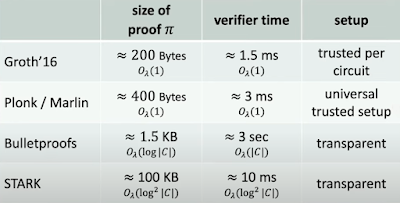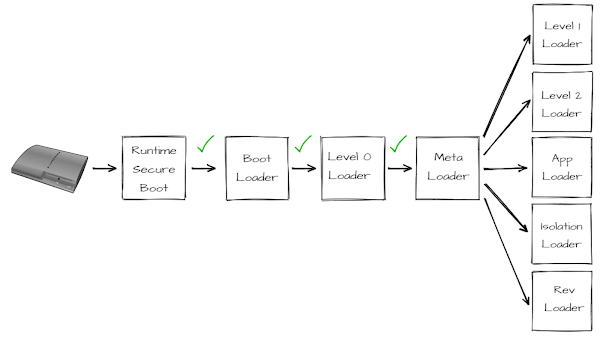Exploring SNARK Interoperability in Rust and Go

SNARKs represent a groundbreaking cryptographic tool that enables the verification of computations without revealing the inputs or the intermediate steps. SNARK is deeply rooted in mathematical principles, leveraging concepts like hashes, and curve operations, which are language-agnostic. While many discussions around SNARK implementations often revolve around Rust due to its popularity in the cryptographic community, it's important to note that SNARKs can be implemented and utilized in various programming languages, including Go. In this article, we'll explore SNARK interoperability, demonstrating how proofs can be generated and validated in both Go and Rust. SNARK in Go: gnark One prominent library for implementing SNARKs in Go is gnark . Gnark is a powerful library designed specifically for Go that facilitates the creation and verification of zero-knowledge proofs using the zk-SNARK protocol. It supports various proving schemes, with Groth16 and Plonk being o





